Long-term sport participation models
As sport leaders and organizations, we’re often concerned with participant retention. We rarely consider how dropout may play an important role in sport development pathways, or potential pathways for sport re-engagement later in life. The inclusion of sport dropout as a potential pathway in long-term sport participation models could push for a dialogue on how…
Indigenous ways of knowing and doing connected to physical literacy, diversity and collaboration in sport
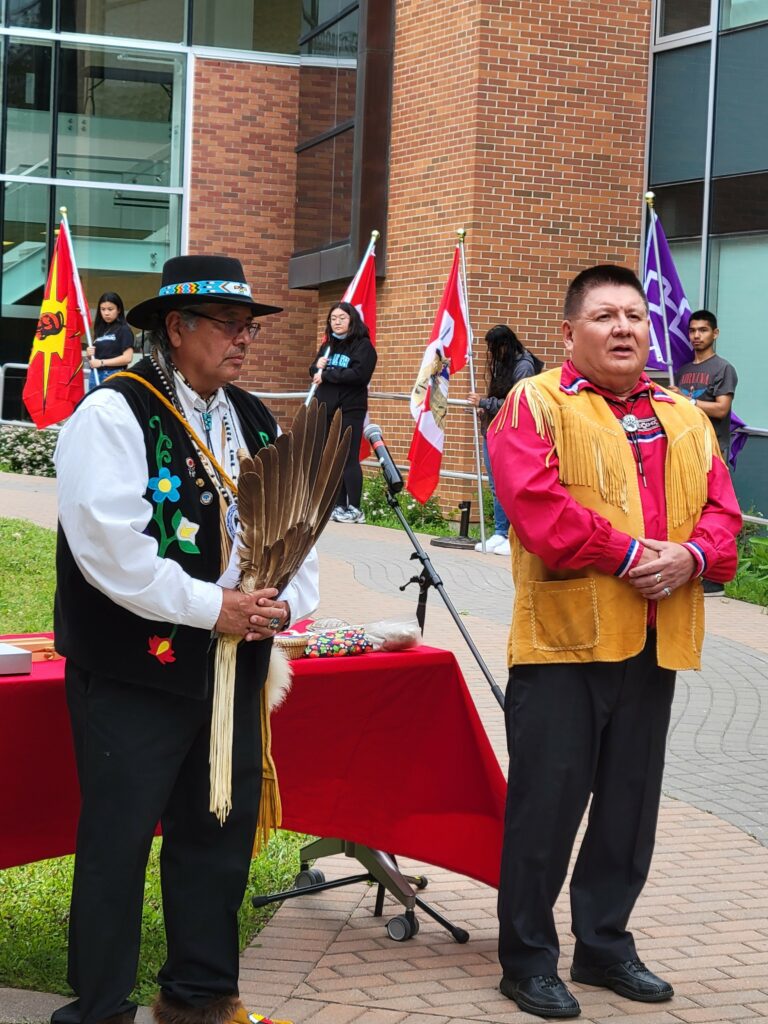
Highlights “Teaching was something that I always knew that I could do. From an early age, I was captain of teams and things like that, so I was thrust into leadership roles,” says Greg Henhawk. Henhawk is a Mohawk of the Bear Clan, from Six Nations of Grand River First Nation, in Southern Ontario. He’s…
Current perspectives on multi-sport participation
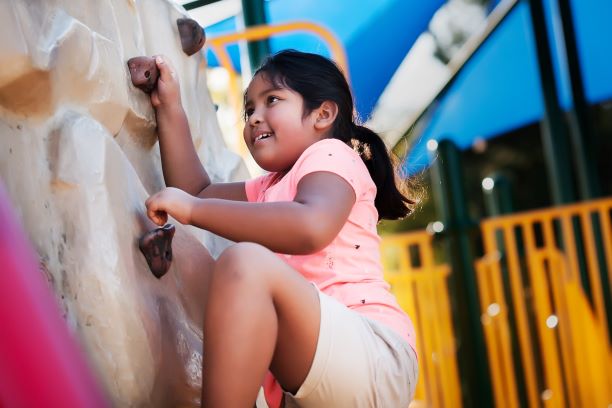
Highlights What’s the best path to the podium? That’s the question behind the debate between early specialization and early diversification. Drawing on the example of some well-known champions like Tiger Woods or the Williams sisters, the early specialization camp argues that an early start in the athlete’s primary sport is essential for development of high-level…
Rethinking long-term sport participation
Encouraging youth to try multiple sports increases their odds of staying active into adulthood and doesn’t interfere with their chances of reaching high levels of performance. But trying multiple sports means that youth will eventually drop out of at least some of these sports, and existing sport participation models rarely (if ever) discuss sport withdrawal…
Athlete recovery in Para sport
Recovery from training can help athletes reduce injuries and enjoy longer careers, but very little is known about athlete recovery in Para sport. According to new research, collaborating with athletes, trusting athletes’ expertise about their bodies, and individualizing recovery strategies are important considerations for practitioners working with Para sport athletes.
Is it time to rethink our long-term sport participation models?

In Canada, Sport for Life’s long-term athlete development model (Balyi, Way, & Higgs, 2013), now known as Long-Term Development (LTD) in Sport and Physical Activity, has served as the guiding framework for national, provincial and territorial sport programming since 2005. However, multiple models of sport participation exist in the academic literature and around the world….
The True Sport Experience: Bringing physical and ethical literacy to life in and out of the classroom
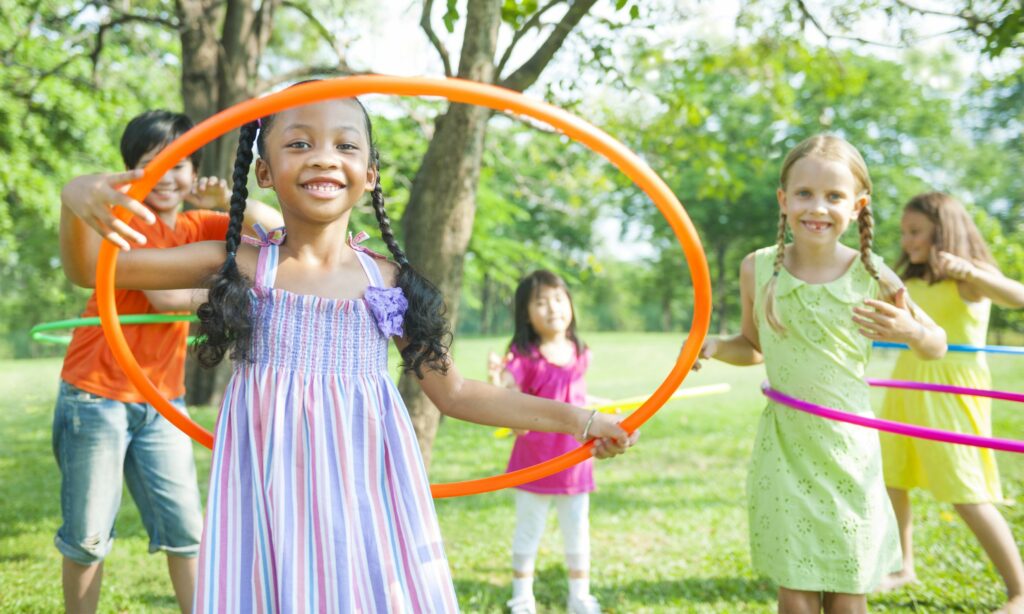
Physical and health education teachers and coaches are experts at helping kids learn new skills. By patiently walking students through each learning step, they build the blocks of learners’ physical literacy. However, sport and recreation experiences aren’t built on physical skills alone. Instead, the experiences are wrapped in life lessons, personal growth and a few…
Grappling for answers: Exploring the process of life skills development in youth mixed martial arts athletes
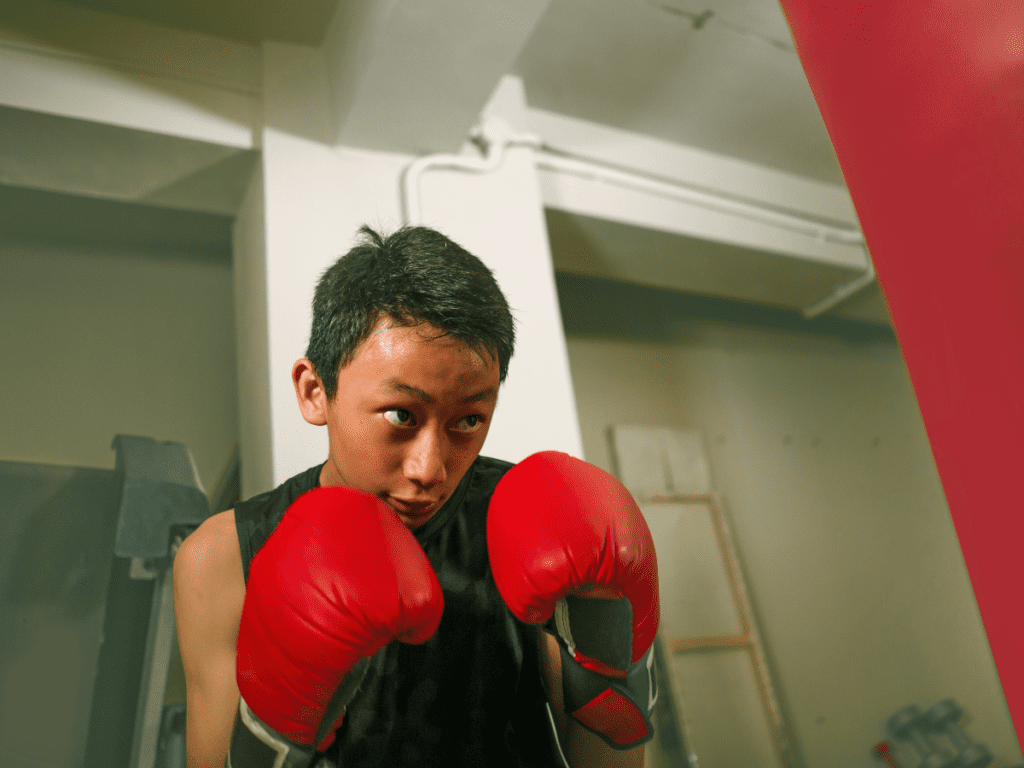
Project summary Mixed Martial Arts (MMA) is a full contact combat sport that integrates striking and grappling techniques from a variety of other combat sports (i.e. martial arts, boxing, sumo, wresting, karate, Brazilian jiu-jitsu, kickboxing, and Tae Kwon Do). MMA was legalized in Ontario in 2013. Immediately, reporters from mainstream and social media began to…
The effects of adolescent physical growth and maturation on selection into sport and the long-term effects on sports participation
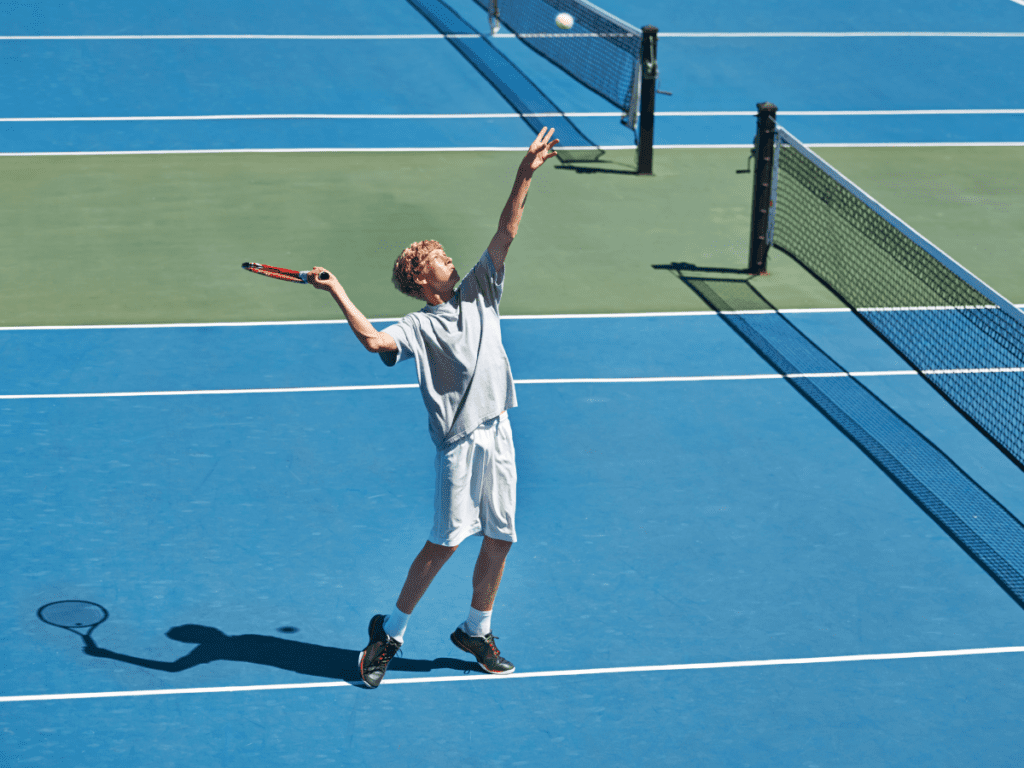
Project summary Sport Canada’s Long Term Athlete Development (LTAD) model acknowledges that there are limitations to ensuring appropriate development of team sports, especially with regards to selecting into chronological age (CA) bands. Adolescent of the same CA can be 4 to 5 years apart developmentally (Biological Age; BA). It’s suggested that late maturation could impede…
Trickle down effect? Exploring the influence of the Olympic Games on preschooler sport participation and development
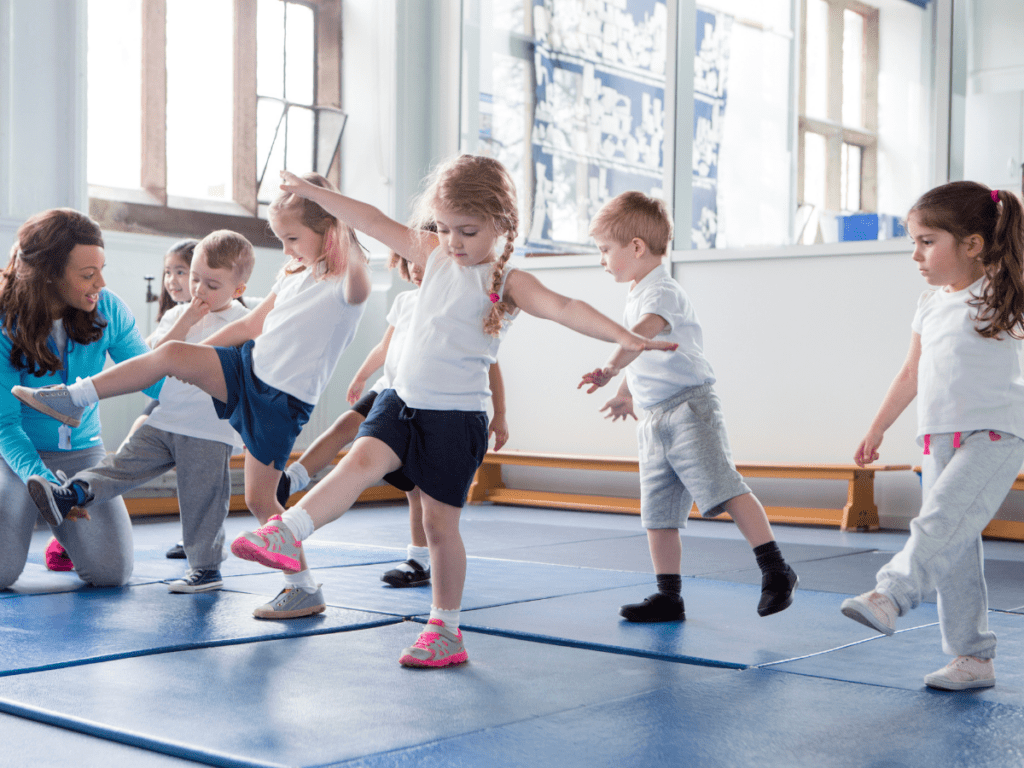
Background / Context / Objective The benefits of sport participation among youth are well recognized, yet little work has focused on understanding sport participation among very young children, despite growing participation at increasingly early ages. The first objective of this project was to explore sport participation and development among preschoolers. Findings suggest that while parents…